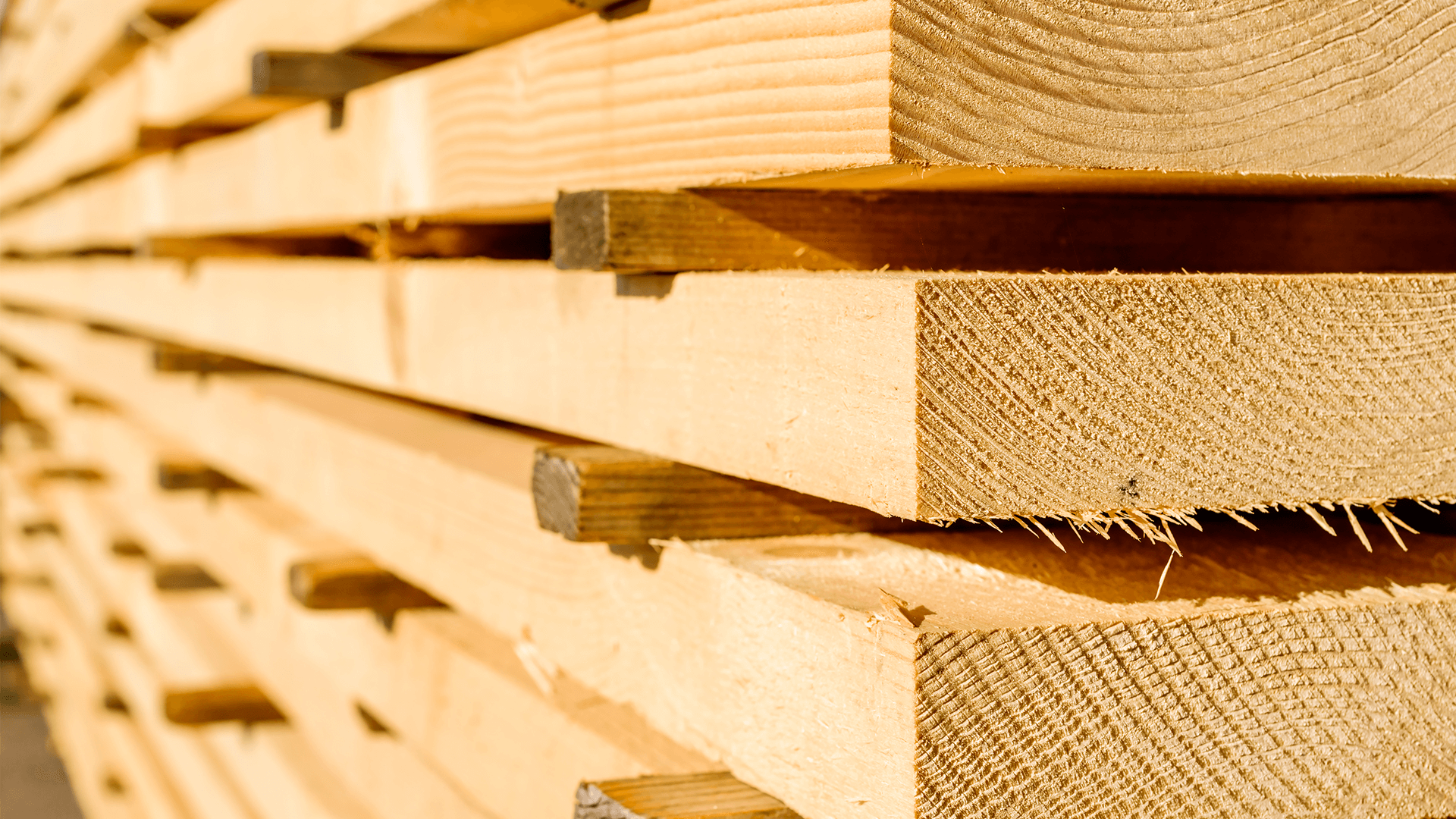When it comes to construction, timber is in demand like never before. The reasons behind its soaring popularity are threefold: timber presents a range of ecological, economical and practical perks that more commonly-used building materials simply cannot rival.
Ecological: the greenest way to build
In the UK, buildings currently account for 40 per cent of our total contribution to the greenhouse effect. As a famously carbon-storing material — indeed, the only carbon-neutral building resource out there — timber’s coming to the rescue. Timber stores gasses that would otherwise contribute to the greenhouse effect, releasing them back into the atmosphere without surplus when naturally degrading over time.
Of course, because trees can be re-planted, timber is a 100 per cent renewable building material, too. The challenge is to make sure the timber is sourced appropriately, from properly-accredited forests — when it is, timber is entirely sustainable. What’s more, timber is not an energy-hungry material; it doesn’t consume a lot of non-renewable fuels during its manufacture by virtue of the fairly uncomplicated machinery needed. Also, because it’s light, timber buildings are a breeze to transport and put together.
Luckily, it’s not too good to be true — with timber, every step of the building process is greener.
Economical: easy on the pursestrings
Often, it’s assumed that making a ‘green’ choice comes at a financial penalty. Timber is smashing this preconception. With wood, it’s cheap and efficient to be green; the financials savings are immediate as well as longer term.
Obviously, prices will depend on the size of your building project. But, because of low production costs, buildings realised with timber usually come in at a lower margin than other building materials. Ultimately, this is because little energy is needed to convert wood into timber, bringing your cash outflow down while pushing your green efforts up – an unarguably positive occurrence.
Longer term, those choosing timber stand to make more savings. A common misconception is that timber won’t endure for longer-term projects, but if properly maintained, expect decades and decades of service from a timber build. That’s not to mention the numerous additional features that can be incorporated into timber buildings to boost their energy and financial performance: these can include air source heat pumps and smart lighting.
Practical: for those with an architectural vision in mind
With timber, the only limit is your imagination. Whether it’s a small home gym, a large school classroom block or an 18-storey tower (see Brock Commons residence hall at the University of British Columbia, as an example), there’s evidence that timber-framed construction has stepped up to the mark.
No matter the scale, timeframe or style of your idea, timber’s sure to fit the mould, and is readily available in abundance. Wood being grown for timber usage currently exceeds the speed at which the material is being used, so there’s actually a surplus of it — which can’t be said of other building materials. This is good news for quick building.
Timber’s booming popularity also comes from its design flexibility, and ability to acquiesce to any number of architectural visions. Testament to timber’s dynamism and versatility is its growth in the education sector — with schools interested in providing much-needed extra teaching space, as well as balancing sustainability and keeping costs down, the performance benefits of timber have propelled it into the classroom.
Gareth Barber is MD of The Stable Company, designers, manufacturers and installers of bespoke timber-framed buildings.






























